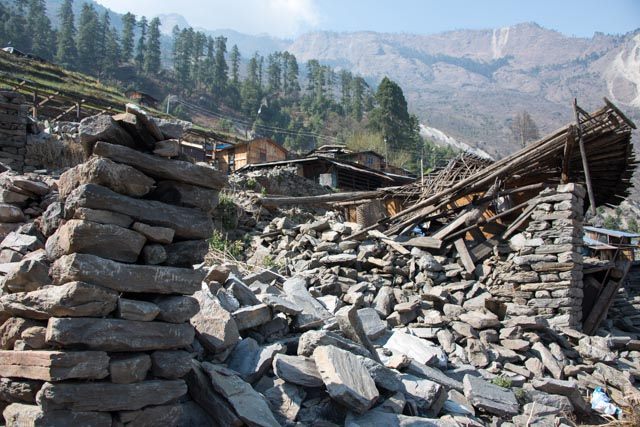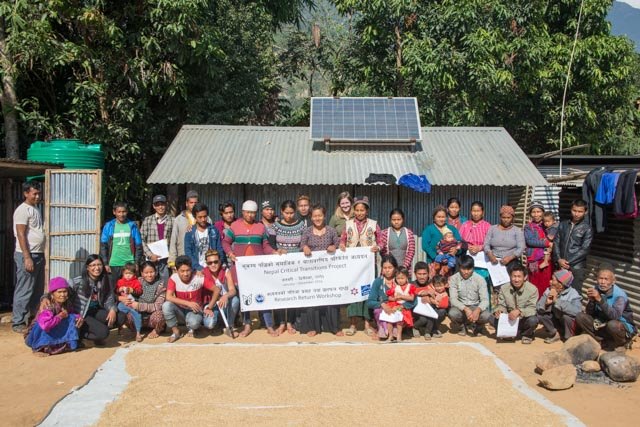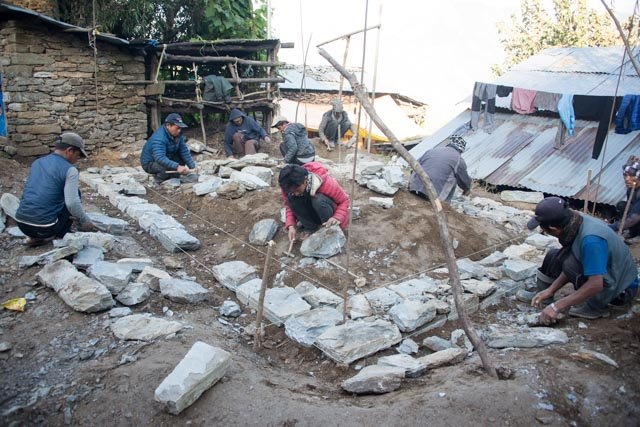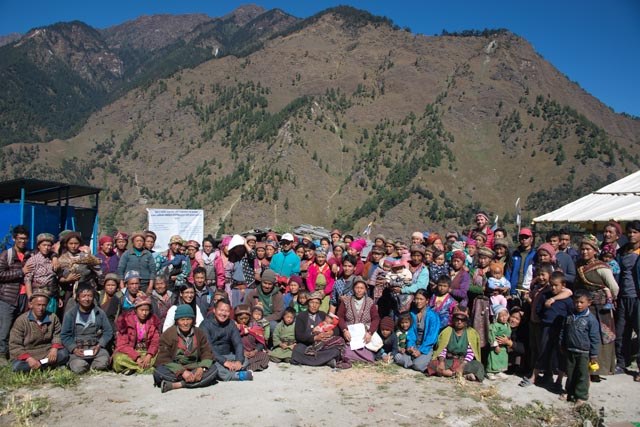Jeremy Spoon and Drew Gerkey receive NSF Senior Research Grant in Cultural Anthropology to study long-term rural and Indigenous disaster recovery in Nepal
It is my pleasure to share that our team was awarded a three-year grant from the National Science Foundation to continue our research on earthquake recovery in Nepal. A true team effort with lots of persistence.
This award reflects NSF’s statutory mission and has been deemed worthy of support through evaluation using the Foundation’s intellectual merit and broader impacts review criteria.
Big thanks to Drew Gerkey Ram Chhetri Alisa Rai Umesh Basnet Purushotam Bhattarai Meeta S. Pradhan Ichchha Thapa Magar Mul Bahadur Gurung Sanu Tamang Augusta Molnar Chelsea E. Hunter Christopher Milton Parbati Gurung Selina Nakarmi
Abstract and title:
Natural Disasters, Resilience, and Transformation: Understanding Household Recoveries
Natural disasters can have devastating impacts with cascading effects that can persist over years and decades. Recovery is multidimensional. Ethnographic research after natural disasters can uncover the dynamic, diverse ways that communities understand and respond to extreme events. It can also document how populations adapt and learn through experimentation and innovation. Previous disaster recovery research has been primarily descriptive, focused on localized case studies and human agency rather than the theory building needed to enable the lessons learned in one post-disaster context to be applied to other contexts. It has also rarely collected and analyzed information encompassing both the initial aftermath and longer periods that are essential for fully understanding recovery and transformation. The research funded by this award will build on a prior NSF RAPID grant and analysis of extensive quantitative and qualitative data collected at about 9 months, 1.5 years, and 2.5 years after a natural disaster. It will collect data and solicit feedback in years five to seven following the event using an integrated human-natural systems approach, longitudinal design, multiple sites, mixed quantitative and qualitative methods, and outreach to diverse stakeholders. The research combines the broader theorization of interdisciplinary, quantitative modeling in the resilience and regime shift research with the textured qualitative approaches and critical perspectives of the anthropology and social science of disaster. The results will highlight the potential pitfalls of “one size fits all” relief and reconstruction interventions that overlook cultural and spatial diversity. The findings will also move beyond more-common metaphorical explanations of resilience and transformation to illustrate empirical relationships between variables and household changes.
The research will be conducted in Nepal where there was a devastating series of earthquakes in the spring of 2015. This case study addresses two overarching research questions: (1) what factors contribute to the resilience of rural mountain households to natural hazards during the recovery phase? and (2) at what point do households maintain their condition or undergo transformation to an alternative state after natural disasters? The study examines critical recovery indicators and five household domains of adaptive capacity developed through long-term ethnographic research, pilot studies, and literature: accessibility and hazard exposure, institutional context and power, livelihood diversity, connectivity, and social memory. These domains will be explored inductively, along with household demographics, settlement demographics, and recovery indicators, through a series of information-sharing meetings, household surveys, in-depth interviews, and focus groups in years five to seven after the earthquakes. The project will re-identify 400 households in four catastrophically impacted communities. An additional 40-60 individuals will be contacted for in-depth interviews and focus groups. The results will be disseminated to diverse stakeholders in Nepal and in the U.S., in formats accessible to scholars, practitioners, and public audiences.



